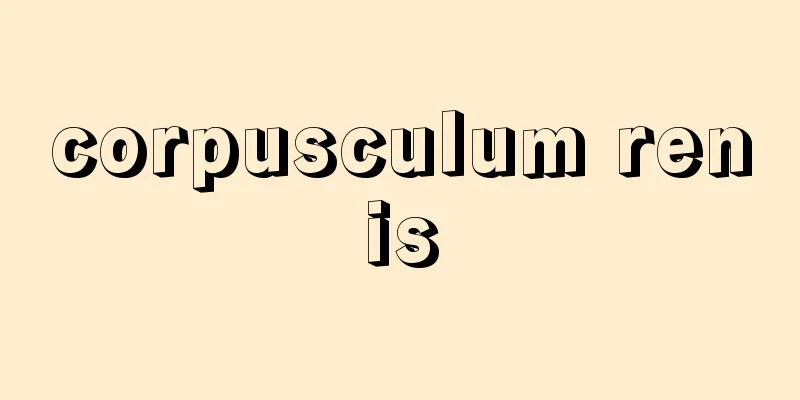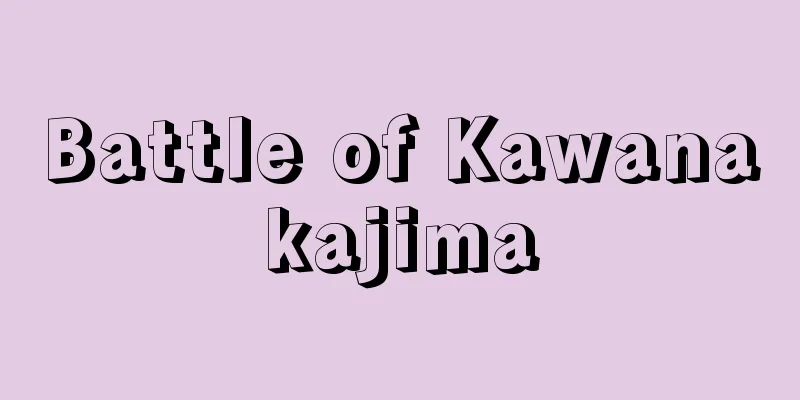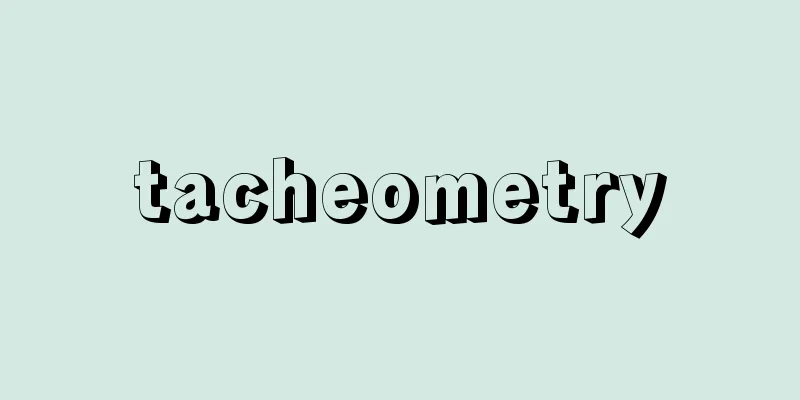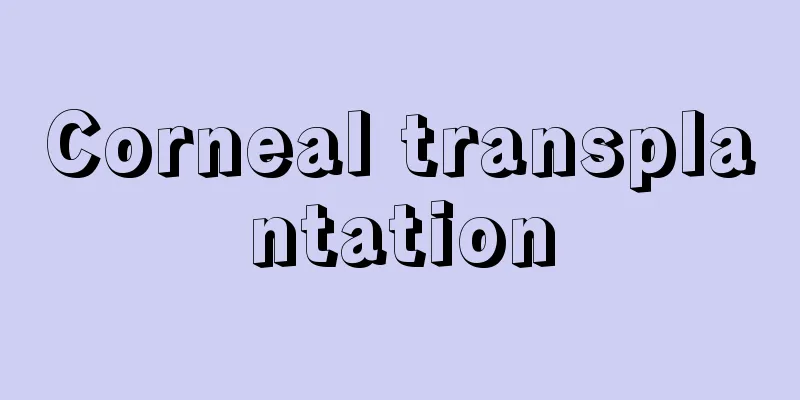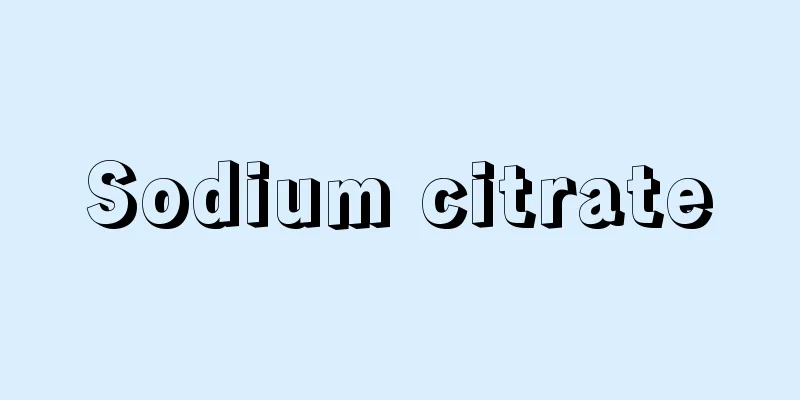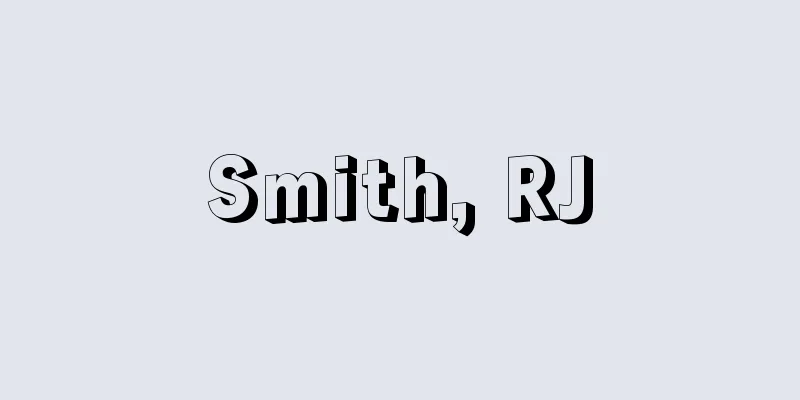Kanbara Shrine Tomb - Kanbara Shrine Tomb
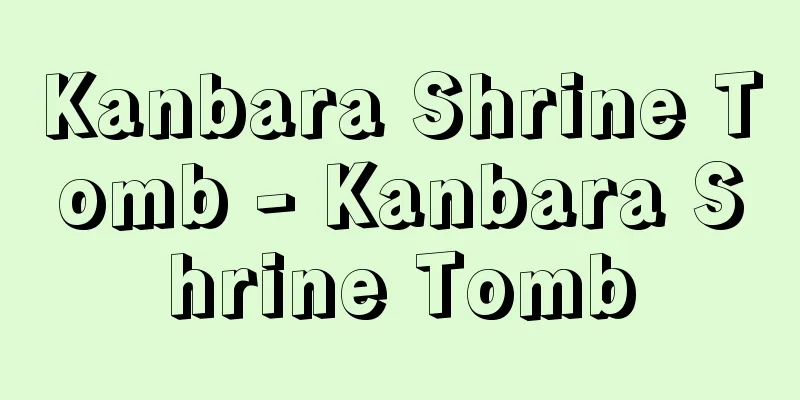
|
This ancient tomb was located beneath the main hall of Kamihara Shrine in Kamo-machi, Unnan City, Shimane Prefecture. It was investigated in 1972 (Showa 47) when the Aka River was renovated, but was later destroyed during construction and only the stone chamber was moved to a nearby location. The mound is a square tomb with sides of about 30 meters and made mostly of piled earth, and at the top of the mound is a long and narrow vertical stone chamber running north to south and measuring 5.8 meters in length, with slabs of broken stone piled on top. The floor of the stone chamber is a shallow U-shaped clay depression on which a split bamboo-shaped wooden coffin is placed, and there is a drainage ditch made of chestnut stones. On top of the cover stone there is a cylindrical pottery vessel and a Hajiki jar used for offerings, and inside the stone chamber there is a triangular-rimmed, double-row divine animal mirror with the inscription "Made by Chen in the third year of the Jingchu era...", as well as a large sword (one of which was a plain ring-headed large sword), swords, iron arrowheads, hoes, sickles, axes, hacksacks, chisels, awls, needles, and pieces of a wooden coffin. Also outside the stone chamber there is a pit containing vermilion blocks and five Hajiki jars. It is one of the representative early Kofun tombs in the Izumo region, and the mirror inscribed with "Jingchu 3" in particular is noteworthy as a dating mirror that matches the year (239) when Himiko of Yamataikoku sent an envoy to Wei along with that of the Koganezuka Kofun in Osaka Prefecture. The excavated items were all designated as Important Cultural Properties of Japan in 1981. [Maejima Koki] [References] | | | | |Source: Shogakukan Encyclopedia Nipponica About Encyclopedia Nipponica Information | Legend |
|
島根県雲南(うんなん)市加茂町の神原神社本殿下にあった古墳。1972年(昭和47)赤川改修に伴い調査され、のち工事で消滅、石室のみが付近に移築された。墳丘は大半盛り土からなる1辺約30メートルの方墳で、墳頂部に板状割石(わりいし)を小口(こぐち)積みした長さ5.8メートルの南北に細長い竪穴(たてあな)式石室を内蔵する。石室の床面は割竹形木棺(もっかん)を据えた浅くU字形にくぼむ粘土床で、栗石(くりいし)を用いた排水溝を伴う。蓋石(ふたいし)上部に供献用の円筒形土器と土師器(はじき)の壺(つぼ)、石室内に「景初三年陳是作……」という銘文のある三角縁重列式神獣鏡(さんかくぶちじゅうれつしきしんじゅうきょう)1面のほか、大刀(たち)(1振は素環頭(そかんとう)大刀)、剣、鉄鏃(てつぞく)、鍬(くわ)、鎌(かま)、斧(おの)、鉇(やりがんな)、鑿(のみ)、錐(きり)、針、木棺片などがあり、また石室外に近接して朱塊と土師器の壺5個を埋納した土壙(どこう)があった。出雲(いずも)地方の代表的な前期古墳の一つで、とくに「景初三年」銘鏡は、大阪府黄金塚(こがねづか)古墳のそれとともに邪馬台国(やまたいこく)の卑弥呼(ひみこ)が魏(ぎ)に遣使した年(239)と一致する紀年鏡として注目される。出土品は一括して1981年に国の重要文化財に指定された。 [前島己基] [参照項目] | | | | |出典 小学館 日本大百科全書(ニッポニカ)日本大百科全書(ニッポニカ)について 情報 | 凡例 |
Recommend
Gonzaga
…the Gonzaga family ruled Mantua, Italy, from 132...
Nishina Shinmei Shrine
This shrine is located in Omachi City, Nagano Pref...
Mine ventilation
To circulate fresh air inside the mine. When a la...
SA (System Analysis)
…Systems thinking has emerged as a way to effecti...
Amphitrite (English spelling)
In Greek mythology, she was a goddess of the sea, ...
Red striped upper cloth - Akashimajofu
…Among them, Miyako Jofu from Miyako Island is a ...
Chionodoxa - Chionodoxa
A general term for the genus Chionodoxa in the fa...
Jiraiya
Also written as Jiraiya. A phantom thief who appea...
Ceratium fusus (English spelling) Ceratium fusus
… Ceratium hirundinella grows in large numbers in...
Kageyushi - Kageyushi
One of the Ryoge no Kan (official offices outside...
Takanobu Ryuzoji
Year of death: March 24, 1584 (May 4, 1584) Year o...
Yanagisawa Noisy Animals - Yanagisawa Noisy Animals
A type of Kabuki play. It refers to a group of pla...
Oriental Freedom Newspaper - Toyo Jiyu Newspaper
A daily newspaper founded in Tokyo on March 18, 1...
Devlin, D.
…Patrick Kavanagh (1904-67) criticized the ideali...
Prince Atsumi
893-967 The eighth son of Emperor Uda in the mid-...


